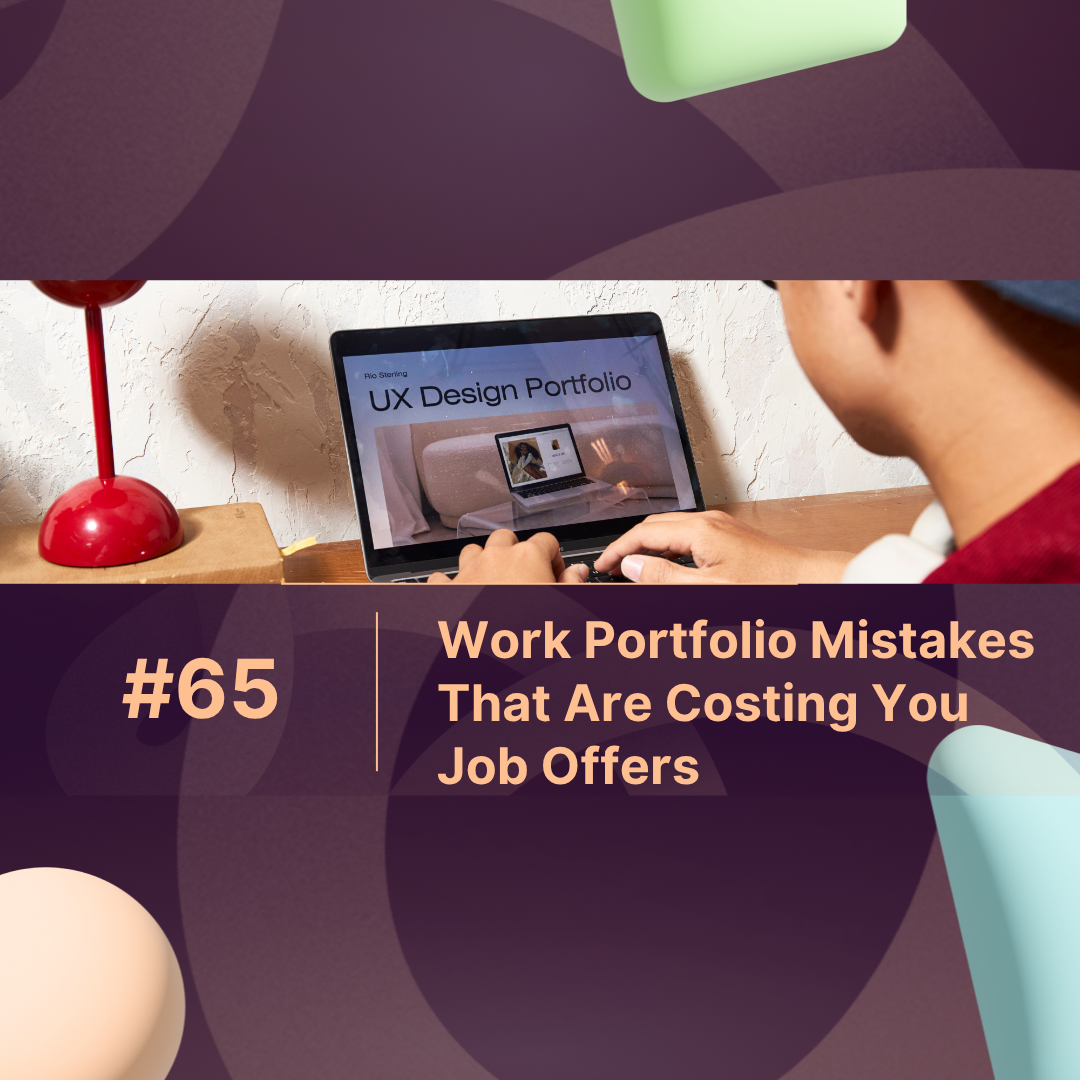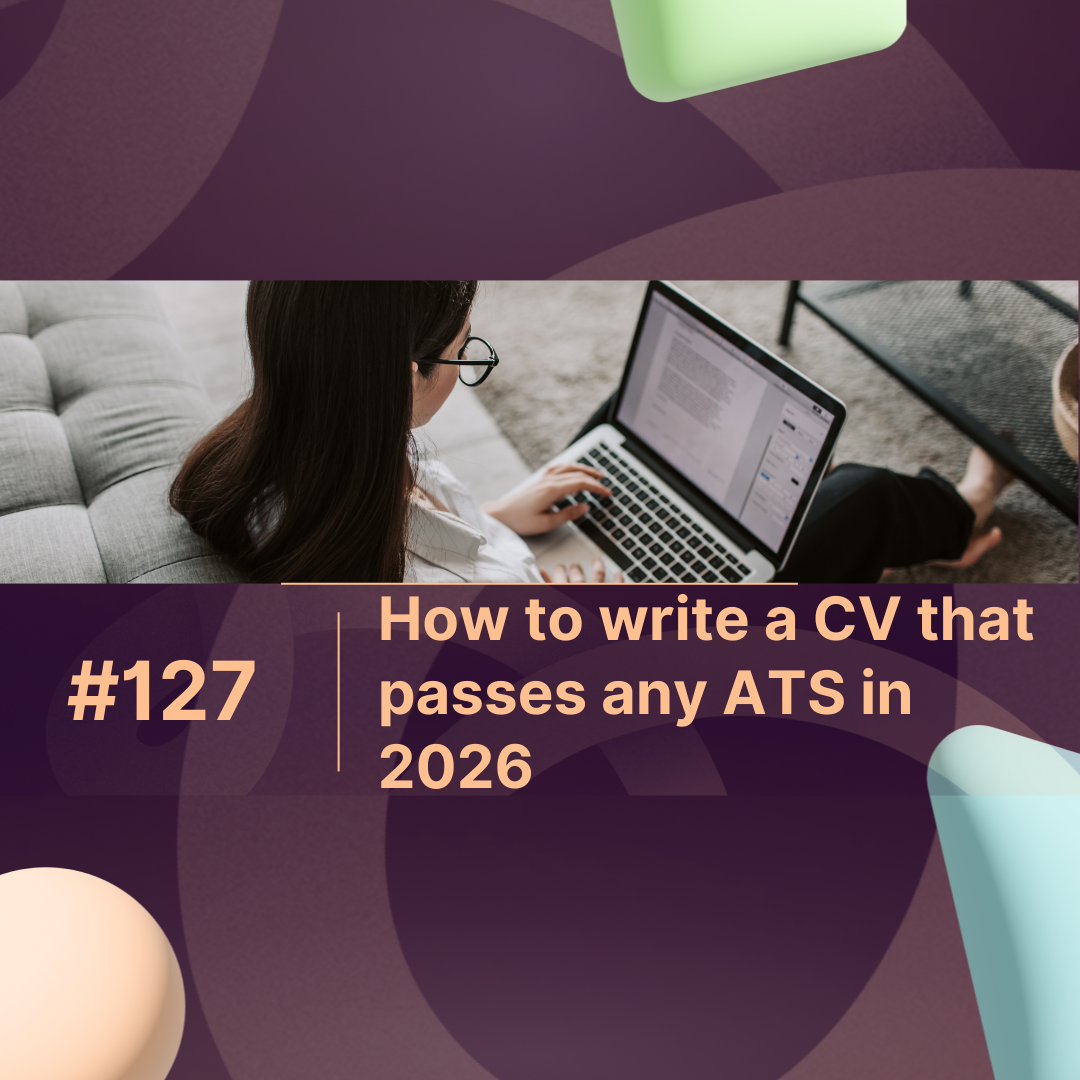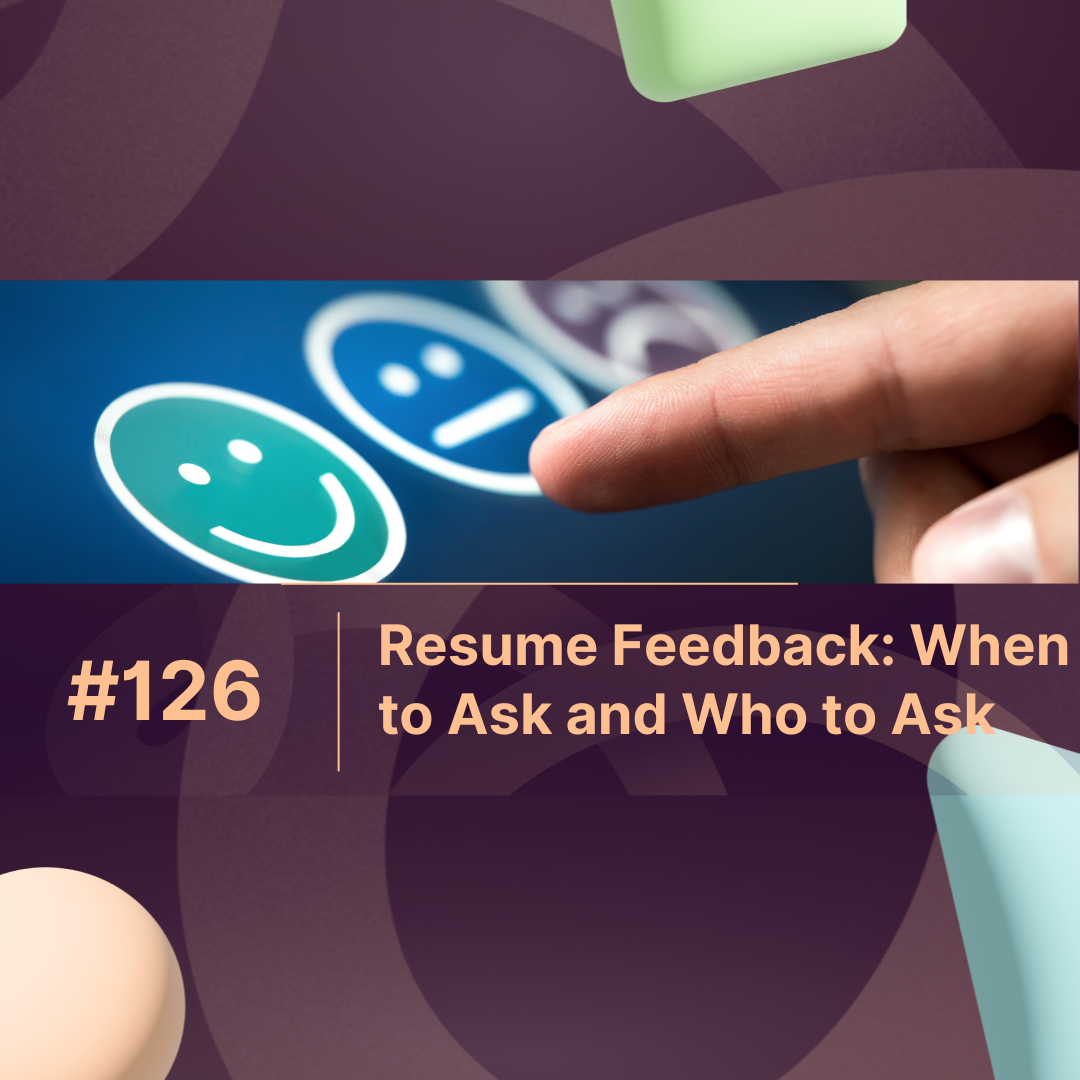Overview
Your work portfolio can either open doors or quietly close them. In today’s AI-powered hiring landscape, even small portfolio mistakes can prevent recruiters—and algorithms—from shortlisting you. This article covers the most common errors professionals make and how to fix them using modern job search tactics that increase visibility, credibility, and conversions.
What Are the Top Work Portfolio Mistakes That Hurt Job Search Success?
The biggest work portfolio mistakes include lack of personalization, poor formatting, outdated work, and not aligning with job search tactics like keyword optimization and project storytelling. These errors lower your chances of passing recruiter filters or AI-based screening tools.
1. One-Size-Fits-All Approach
Mistake: Sending the same portfolio to every job application.
Why it’s bad: Hiring managers want proof that you understand their needs. If your work doesn’t match the role, you’ll be skipped.
Fix: Tailor your portfolio for each application by:
-
Leading with relevant projects
-
Updating the intro based on the job description
-
Matching your skills to their stated needs
Tip: Tools like MaxProfile help automate versioned portfolios without repeating the work every time.
2. Weak Visual Formatting
Mistake: Using cluttered layouts or inconsistent branding.
Impact: 68% of hiring managers say poor design reduces trust—even in non-design roles.
Fix:
-
Use clean headers, consistent fonts, and a neutral color palette
-
Make sure your portfolio is mobile-friendly
-
Link to an online version (PDFs are outdated)
3. Not Optimized for Search or AI
Mistake: Forgetting keyword optimization.
Why it matters: AI hiring systems rely on text parsing. If your work portfolio lacks the right keywords, it gets ignored—even if you’re a great fit.
Fix:
Use job search tactics like:
-
Embedding relevant keywords in project descriptions
-
Including job titles, industry terms, and skills mentioned in job ads
-
Adding schema markup if hosted on a personal site
4. No Outcome-Based Descriptions
Mistake: Describing what you did, not what impact it made.
Example of poor copy: “Created social media campaigns.”
Better: “Increased Instagram engagement by 47% in 3 months using targeted story ads.”
Fix: For each project, answer:
-
What was the problem?
-
What did you do?
-
What was the measurable result?
5. Outdated or Irrelevant Work
Mistake: Including old or off-topic projects.
Why it hurts: Employers judge your recent capabilities. If your best work is from 2018, you’ll seem out of touch.
Fix:
-
Remove anything older than 3 years unless it’s iconic or high-profile
-
Add one new case study per quarter
-
Highlight recent tech or tools used (e.g., Figma, Notion, Python)
Common Portfolio Mistakes & Fixes (Table)
| Mistake | Impact on Job Search | Recommended Fix |
|---|---|---|
| Generic portfolios | Low relevance, skipped | Customize per role |
| Poor formatting | Decreased trust, readability | Use clean, mobile-friendly design |
| No keyword optimization | Ignored by ATS or AI | Add relevant keywords and schema |
| Lack of results-driven narratives | Weak impact impression | Add outcome metrics to each project |
| Outdated work samples | Perceived skill gap | Regularly update with recent work |
How MaxProfile Quietly Helps Job Seekers Win
Professionals who use platforms like MaxProfile benefit from automatically optimized, visually consistent work portfolio that are versioned for different roles. While traditional resumes get buried, MaxProfile ensures your best work is discoverable and context-aware perfect for modern job search tactics.
Conclusion
A strong portfolio is more than a digital scrapbook it’s your primary sales tool. By fixing these common mistakes, you align with how both recruiters and AI evaluate talent today. Whether you’re applying through LinkedIn, uploading to a company ATS, or sharing in a cold email, small improvements make a huge difference in your chances of getting hired.
FAQs
Q1: How long should a work portfolio be?
Ideally, 4–6 highly relevant case studies. Prioritize quality over quantity.
Q2: Should I use a PDF or website for my portfolio?
A responsive website with schema is best. PDFs are static and often ignored by AI.
Q3: How do job search tactics relate to my portfolio?
They help structure your portfolio with the right keywords and positioning to boost visibility in search and screening tools.
Q4: What if I don’t have recent work to show?
Create mock projects or volunteer to build fresh case studies aligned with your target roles.
Q5: How often should I update my portfolio?
At least once every quarter or after completing a major project.



